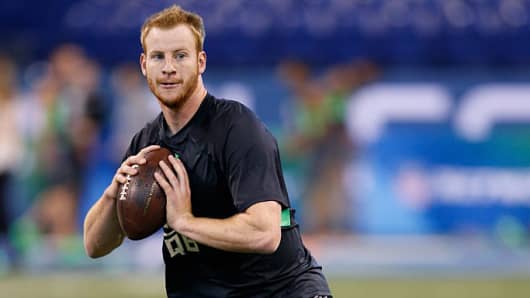The annual NFL draft kicked off Thursday, with some predictable choices made early, and a few unexpected upsets along the way. Research shows, however, that the rounds on Friday and Saturday are where you find real value.
For highly paid decision makers, the draft means a lot of decisions must be made about short- versus long-term prospects, interest rates and risk-adjusted returns. It's a lot like the stock market.
In fact, draft choices and investment choices are actually pretty similar: You want to mix high-risk growth with low-risk assets. You need your quarterback and linemen, but do you take a risk on a prospect who looks good on paper, but might have disciplinary problems down the road?
Millions of dollars every year go into scouting operations for teams to find the just-right selection that will complement their existing teams. That money often goes to waste as the teams trade future opportunities for picks this year.
That's sort of like trying to predict the market in the short term instead of riding it out. Even the most highly paid advisor can make bad moves and end up costing you money.






